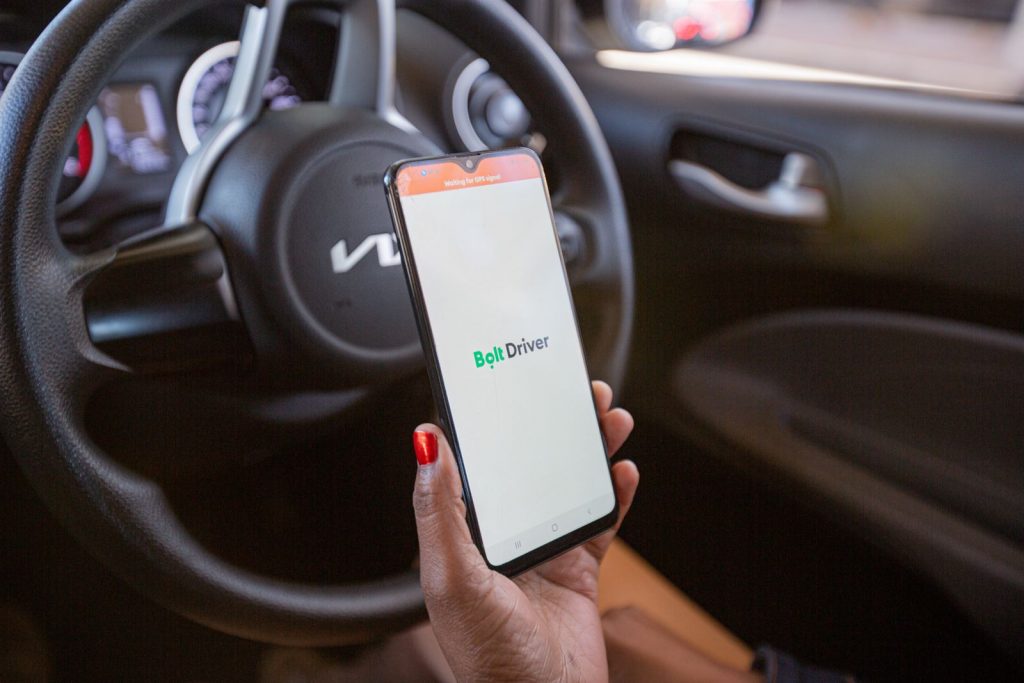E-hailing service Bolt has made a small change to their app by adding a new cancellation option in its app to discourage commuters from taking offline trips.
Here’s what it means
No ad to show here.
The e-hailing service says the new cancellation option in its app hopes to discourage users from opting for offline trips.
Offline trips are when commuters take trips without using the Bolt app’s online features.
This is when a driver negotiates a different fair price with the commuter.
The cancellation option
The new cancellation option allows commuters to cancel a trip by selecting the option “driver asked to pay off-the-app” under specific circumstances.
This feature will allow commuters to take immediate action should they encounter situations where the driver asks for payment for a trip outside the app, requests payment exceeding the agreed-upon trip fare, or encourages cancellation of the trip to go offline.
Sandra Suzanne Buyole, from Bolt’s PR desk, said Bolt was happy to introduce the cancellation option, designed to cut down on offline trips in order to address instances where drivers insisted on charging rates exceeding those on the app.
“At Bolt, we strongly discourage both drivers and riders from using the platform to exchange contact details or negotiate for offline trips. This behaviour goes against the safety and reliability we aim to uphold for our users. When drivers and riders go offline, essential safety features in the app, like GPS tracking and SOS coverage, become inactive, leaving users vulnerable and without access to critical in-app safety tools.”
“Remaining online ensures these features’ effectiveness and prioritizes our users’ safety. Mitigating actions are also in place for drivers who are continuously reported as soliciting offline trips. These actions include temporary blocks and account suspensions, as we remain dedicated to providing a secure platform for everyone.”
The feature has been introduced to ensure the safety of both drivers and commuters.
The e-hailing service advises commuters to take advantage of the safety features provided in the app’s safety toolkit, as those features are designed to operate during active trips.
Also read: What apps know about you, from shopping apps, to the most data-hungry
